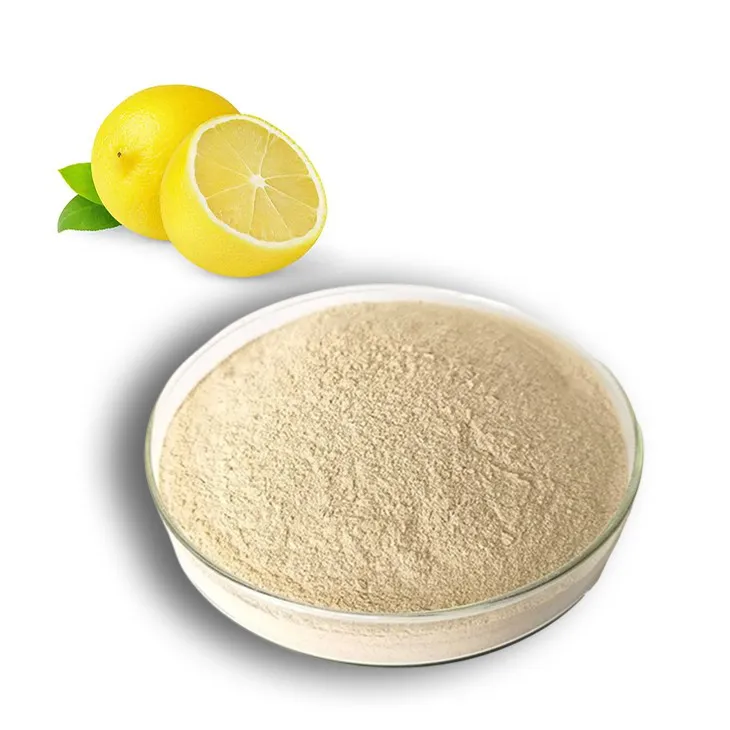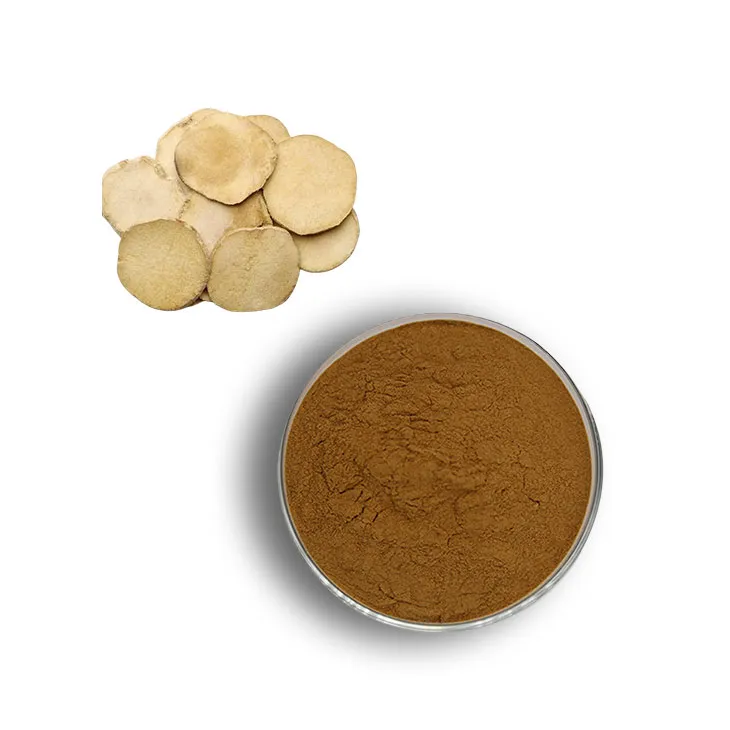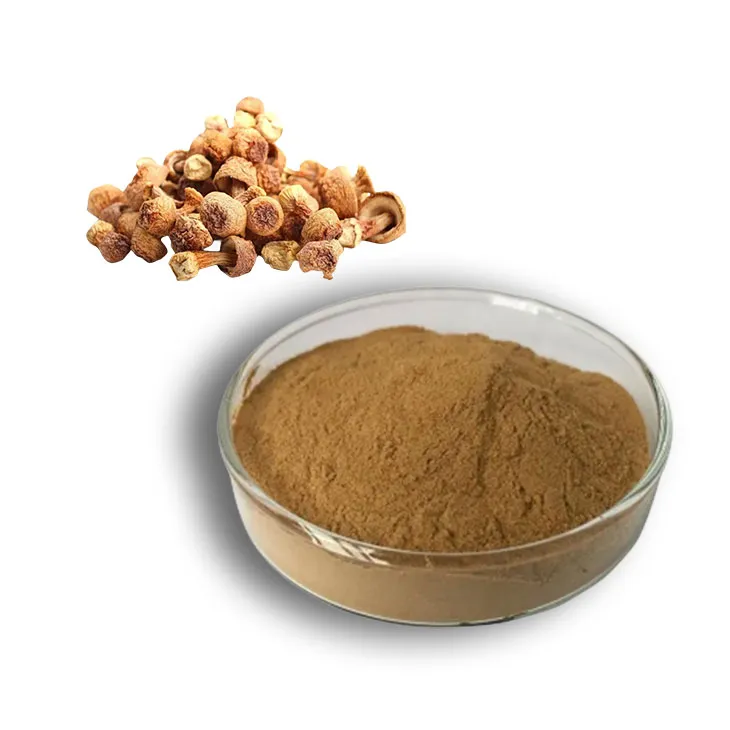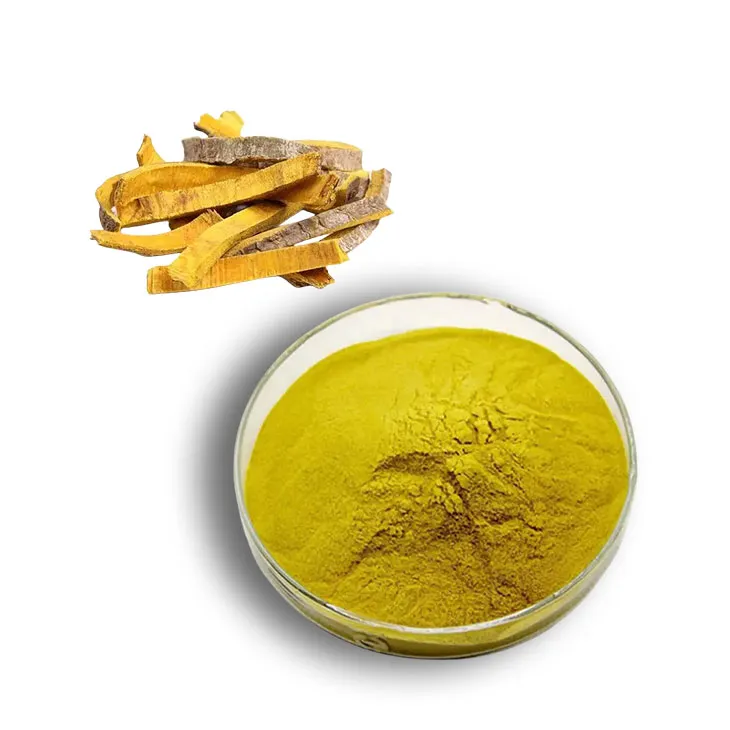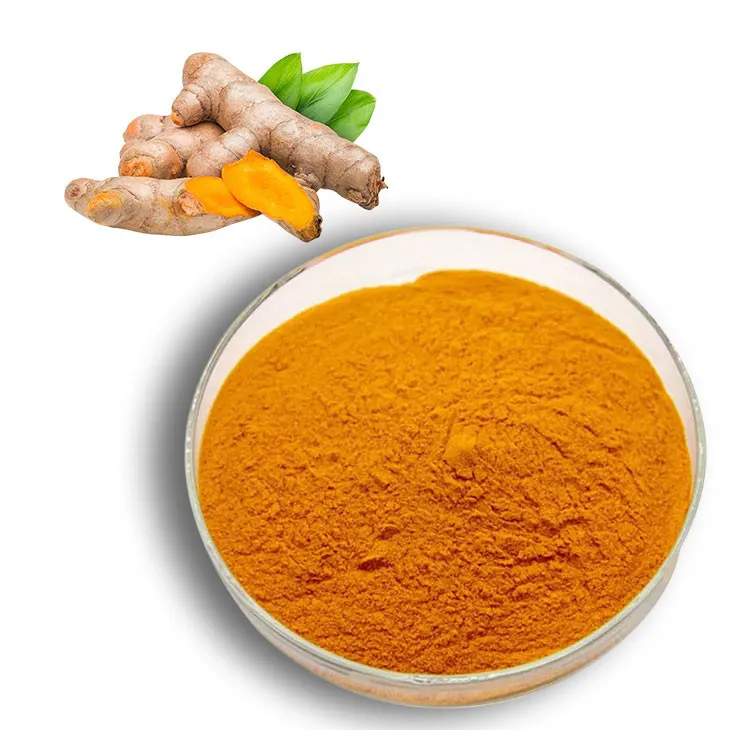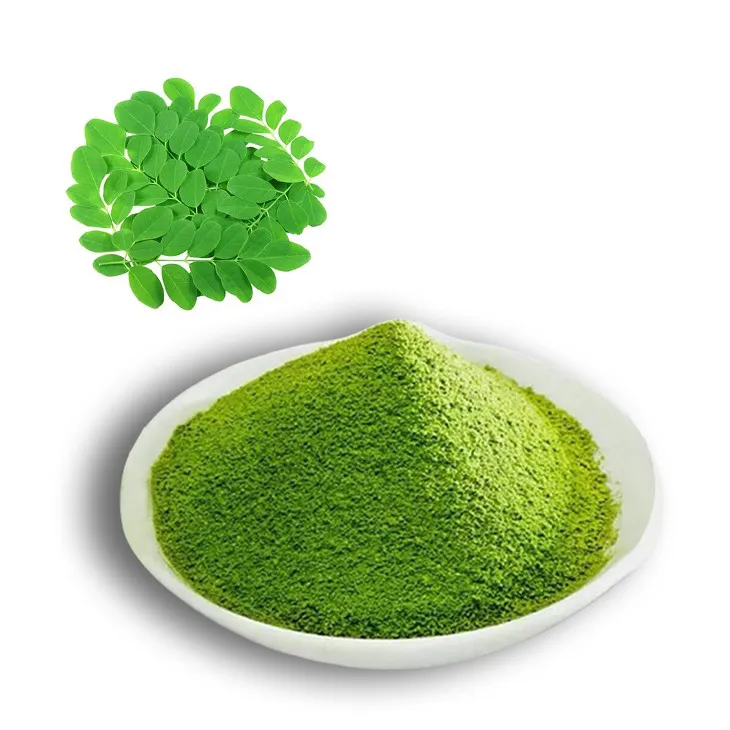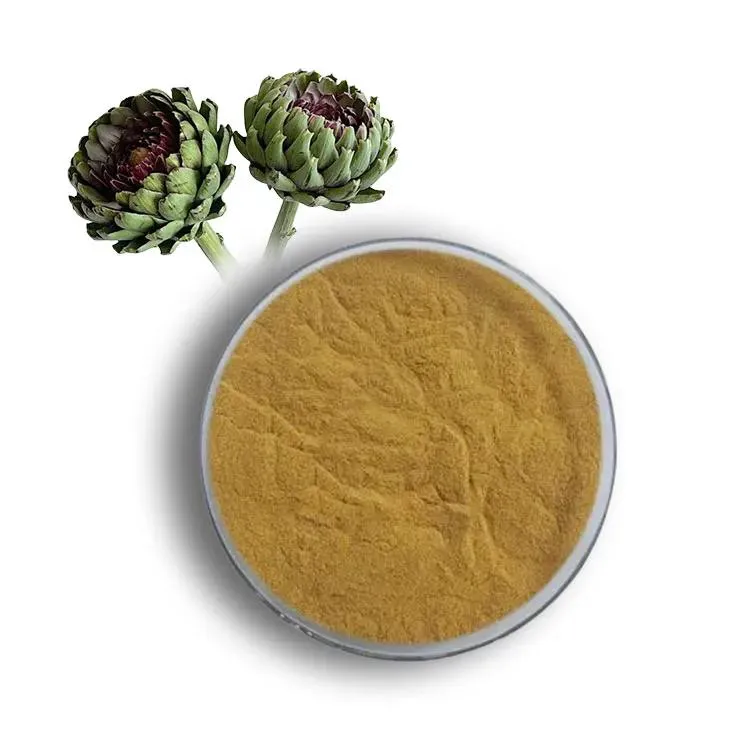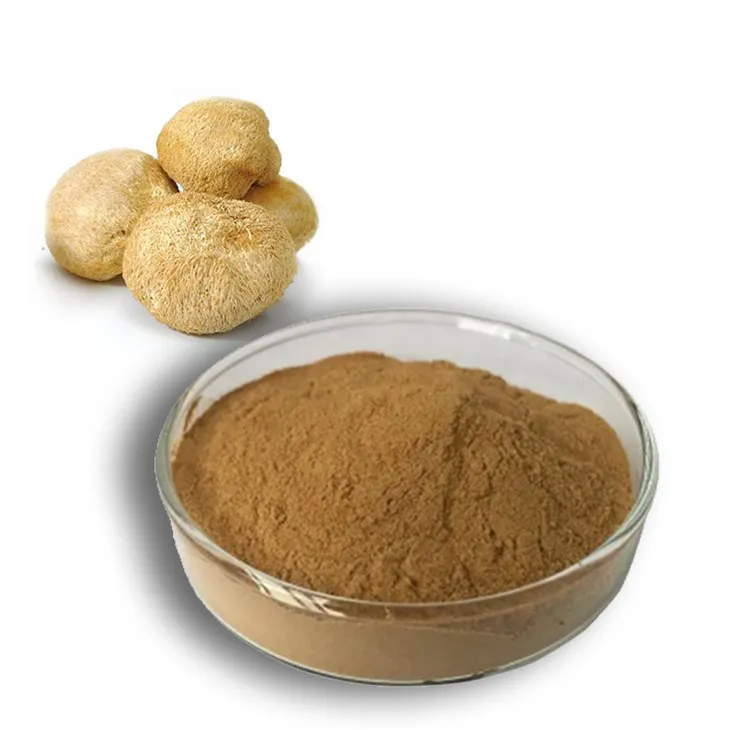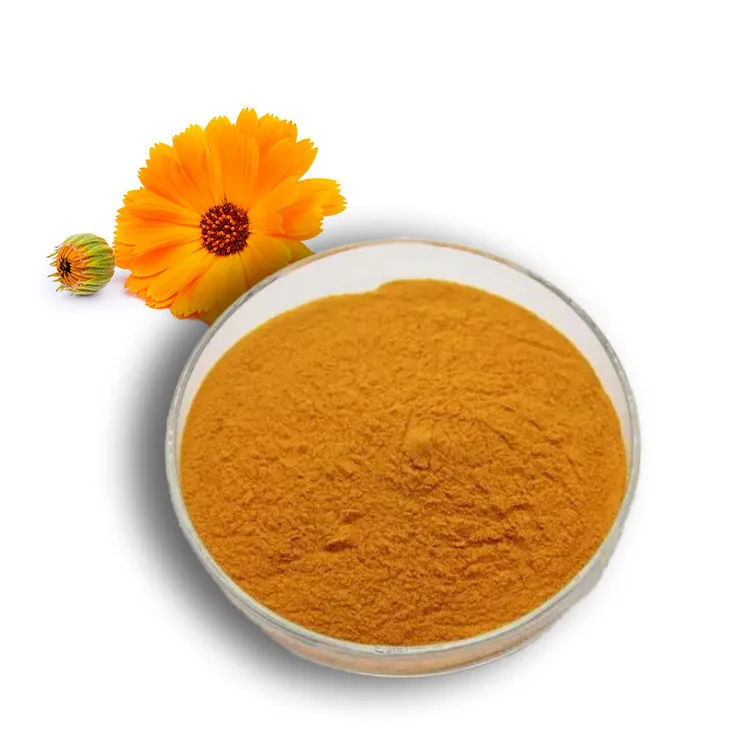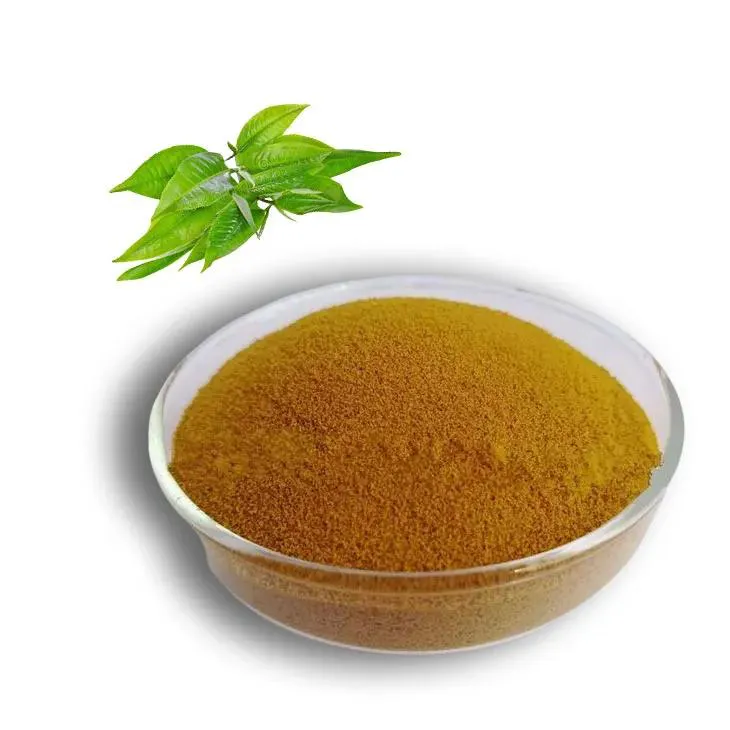- 0086-571-85302990
- sales@greenskybio.com
Iron Content of Artichokes: Nutritional Insights and Health Benefits
2025-08-16
Artichokes, scientifically known as Cynara cardunculus var. scolymus, are a unique and nutritious vegetable that has been enjoyed for centuries, particularly in Mediterranean cuisines. Known for their intriguing taste and numerous health benefits, artichokes are a valuable addition to a balanced diet. One question often asked by health enthusiasts and culinary aficionados alike is whether artichokes are high in iron. This article delves into the nutritional profile of artichokes focusing on their iron content, their health benefits, and how they can fit into an iron-rich diet.
Introduction to Artichokes
Artichokes belong to the thistle family and are characterized by their large flower buds, which are edible before blooming. The vegetable is lauded not only for its distinct, savory flavor but also for its impressive nutritional benefits, which include high levels of fiber, vitamins, and minerals. Artichokes are generally boiled, steamed, grilled, or sautéed, and are versatile enough to be included in a wide array of dishes.
Nutritional Profile of Artichokes
A standard serving size of artichokes (approximately 120 grams) provides a wealth of nutrients. In addition to dietary fiber, artichokes are a rich source of vitamin C, vitamin K, folate, phosphorus, and magnesium. They also contain essential antioxidants, such as Quercetin and rutin, which have anti-inflammatory properties.
Iron Content in Artichokes
Iron is a vital mineral required for the production of hemoglobin, a protein in red blood cells responsible for transporting oxygen throughout the body. Iron deficiency can lead to anemia, fatigue, and weakened immune function, highlighting the importance of adequate iron intake.
1. Iron Content Analysis:
Artichokes provide a moderate amount of iron. A serving of cooked artichokes offers about 1.28 milligrams of iron, which constitutes roughly 7 percent of the recommended daily intake for adult women (18 mg) and about 16 percent for adult men (8 mg). While not exceedingly high compared to other iron-rich foods like red meat or lentils, artichokes can still contribute to your daily iron intake, particularly when included as part of a varied diet.
2. Bioavailability of Iron:
The iron found in plant-based foods, including artichokes, is non-heme iron. This form is not as readily absorbed by the body as heme iron, found in animal products. The absorption of non-heme iron can be influenced by various dietary factors. Including vitamin C-rich foods, such as citrus fruits or bell peppers, in your meal can enhance the absorption of iron from artichokes.
Health Benefits of Artichokes Beyond Iron
1. Digestive Health:
Artichokes are rich in dietary fiber, crucial for maintaining healthy digestion. Fiber aids in regular bowel movements, prevents constipation, and promotes a healthy gut microbiota. Furthermore, artichokes contain inulin, a type of prebiotic fiber that enhances gut flora health.
2. Liver Health:
Artichokes have been traditionally used for their liver-protective properties. They contain cynarin and silymarin, compounds that are believed to enhance liver function by promoting bile production and improving the detoxification process.
3. Antioxidant Properties:
The antioxidants in artichokes, such as rutin, Quercetin, and gallic acid, play a vital role in protecting the body against oxidative stress and inflammation. These properties can reduce the risk of chronic diseases, including cardiovascular diseases and cancer.
4. Heart Health:
Consuming artichokes may lead to improved cardiovascular health. The high fiber content helps manage blood cholesterol levels by reducing LDL cholesterol and increasing HDL cholesterol. Additionally, artichokes' potassium content can aid in maintaining healthy blood pressure.
How to Incorporate Artichokes into an Iron-Rich Diet
1. Cooking and Preparation:
Artichokes can be prepared in various ways, from steaming and boiling to roasting and grilling. For maximum flavor and nutrient retention, steaming is a preferred method. After cooking, artichokes can be eaten plain, seasoned with lemon, or added to salads, pasta, and dips.
2. Pairing with Iron-Enhancing Foods:
To boost the absorption of the non-heme iron in artichokes, pair them with foods rich in vitamin C. For example, you can serve artichokes with a squeeze of lemon juice or alongside a salad with bell peppers and tomatoes.
3. Complementary Dishes:
Artichokes can be paired with other iron-rich foods like spinach, lentils, or chickpeas to create a robust and nutritious meal. Consider an artichoke and spinach dip, or a hearty stew featuring artichokes with lentils and vegetables.
4. Creative Recipes:
- Grilled Artichokes with Citrus Dip: Grill halved artichokes and serve them with a dipping sauce made from Greek yogurt, lemon juice, and herbs.
- Artichoke and Chickpea Salad: Combine cooked artichokes with chickpeas, cherry tomatoes, red onions, and a dressing of olive oil and red wine vinegar.
- Spinach and Artichoke Pasta: Toss whole grain pasta with sautéed spinach, artichoke hearts, garlic, and shaved parmesan for a delicious meal.
Conclusion
While artichokes may not be the highest source of iron compared to other foods, they still offer a valuable contribution to a balanced diet, complemented by their array of health benefits. Their moderate iron content, coupled with high fiber, antioxidants, and essential vitamins, makes artichokes a nutritious choice for health-conscious individuals. By incorporating artichokes into a varied and balanced diet, along with other iron-rich foods, you can enjoy both their unique flavor and their numerous health benefits. Whether you’re aiming to enhance your iron intake or simply seeking to add variety to your meals, artichokes undoubtedly stand out as a versatile and healthful food option.
- ▶ Hesperidin
- ▶ Citrus Bioflavonoids
- ▶ Plant Extract
- ▶ lycopene
- ▶ Diosmin
- ▶ Grape seed extract
- ▶ Sea buckthorn Juice Powder
- ▶ Fruit Juice Powder
- ▶ Hops Extract
- ▶ Artichoke Extract
- ▶ Mushroom extract
- ▶ Astaxanthin
- ▶ Green Tea Extract
- ▶ Curcumin
- ▶ Horse Chestnut Extract
- ▶ Other Product
- ▶ Boswellia Serrata Extract
- ▶ Resveratrol
- ▶ Marigold Extract
- ▶ Grape Leaf Extract
- ▶ New Product
- ▶ Aminolevulinic acid
- ▶ Cranberry Extract
- ▶ Red Yeast Rice
- ▶ Red Wine Extract
-
Lemon Extract
2025-08-16
-
Alisma Extract
2025-08-16
-
Agaricus Blazei Extract
2025-08-16
-
Phellodendron Extract
2025-08-16
-
Curcuma Longa Extract/Turmeric extract
2025-08-16
-
Moringa powder
2025-08-16
-
Artichoke Extract
2025-08-16
-
Hericium erinaceus extract powder
2025-08-16
-
Calendula Extract
2025-08-16
-
Green Tea Extract
2025-08-16











